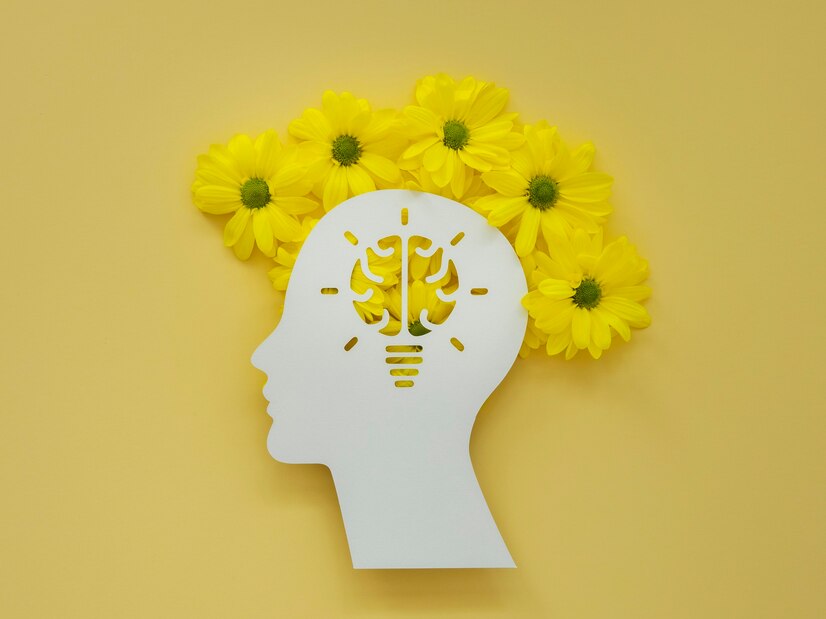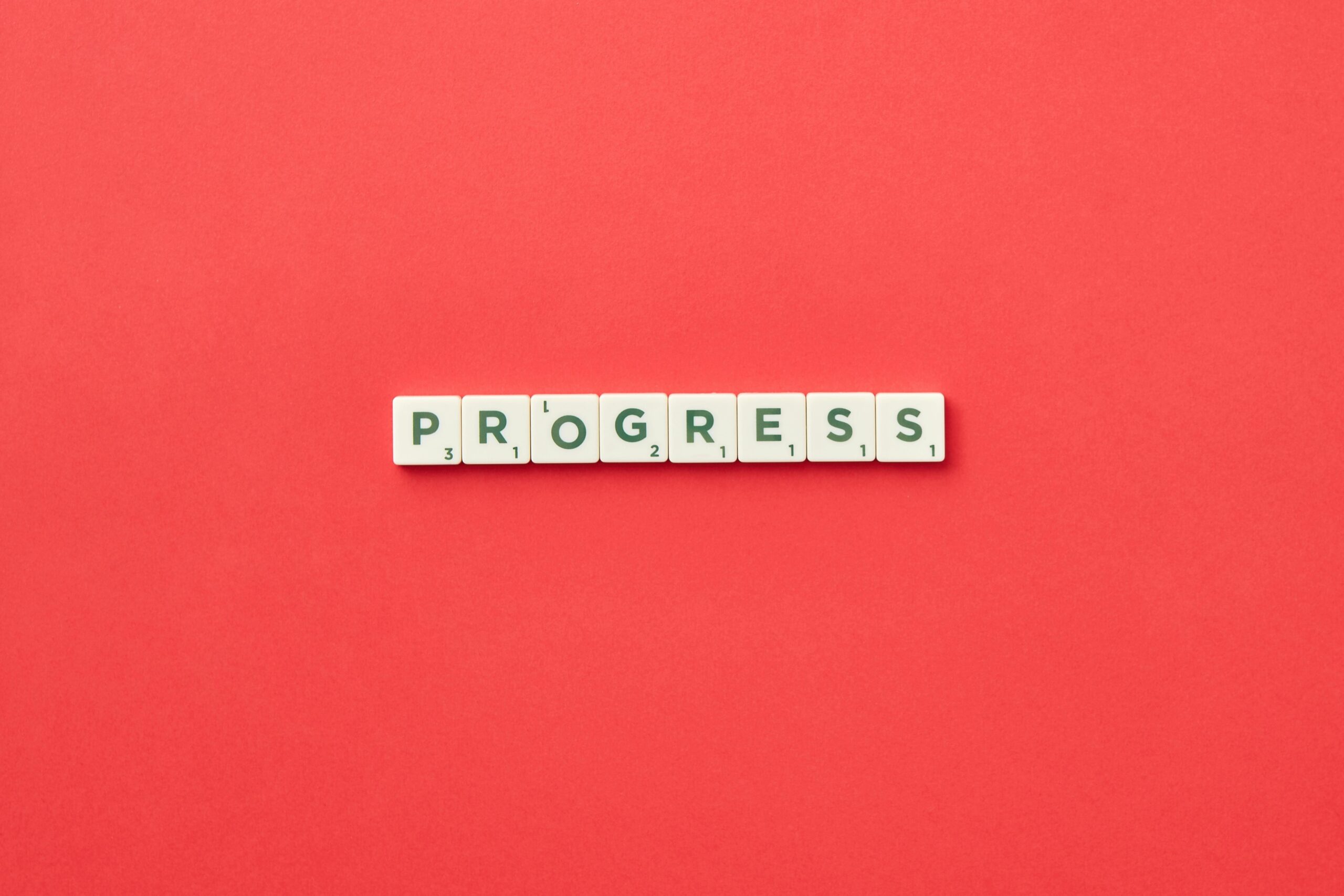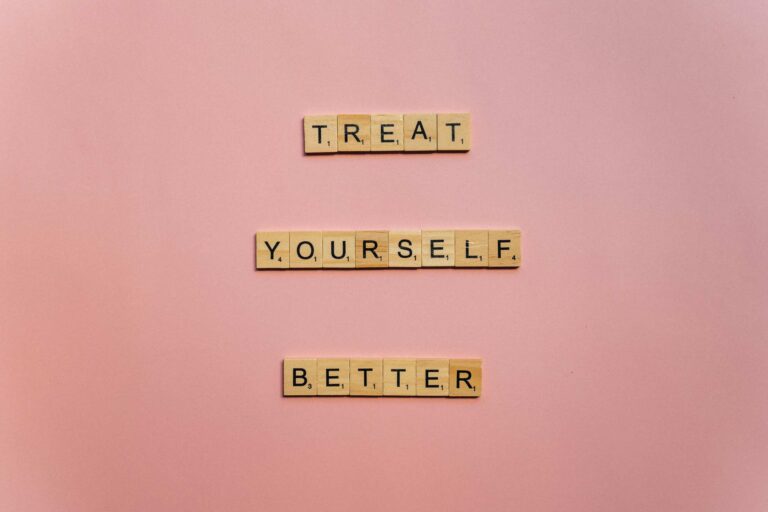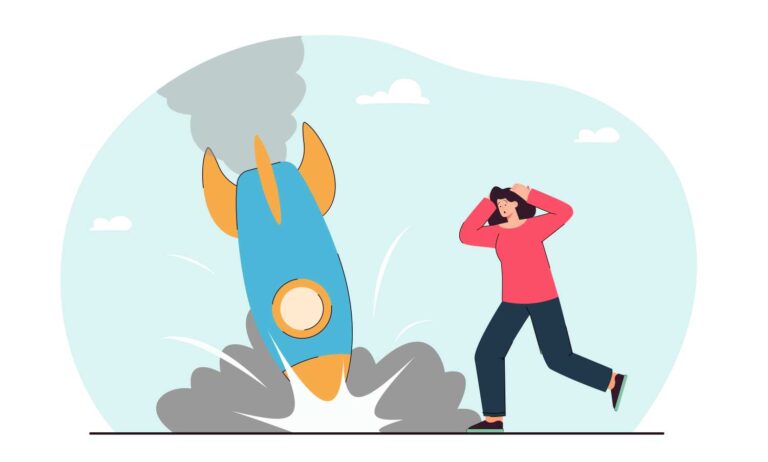Fixed vs growth mindset
You know that person who seems to handle challenges so differently than you do? When something goes wrong, they dust themselves off and try again. Meanwhile, you’re stuck replaying what went wrong, wondering if you’re just not cut out for this.
The difference isn’t confidence, luck, or natural ability. It’s mindset.
I used to think some people were born mentally stronger while others (like me) were destined to take every criticism personally and see every failure as confirmation we weren’t good enough. But here’s what changed everything for me: Your brain either helps you grow or keeps you stuck, and it comes down to whether you have a fixed or growth mindset.
This isn’t just positive thinking. This is about understanding how your brain interprets challenges, feedback, and your own potential. And once you see the difference, you can’t ignore how much your mindset has been controlling your life.
Why your mindset matters more than your circumstances
Here’s something that changed how I see everything: Two people can go through the exact same experience and come out completely different. Same situation, totally different outcomes.
The difference? How their brain interpreted what happened.
One person sees failure and thinks “I’m not made for this.” The other sees the same failure and thinks “I need to approach this differently.” Same event, different internal response, completely different results.
Your mindset is basically the lens through which you see everything in your life. And that lens determines whether challenges become opportunities or roadblocks, whether feedback becomes fuel or ammunition for your inner critic, and whether setbacks become comebacks or proof that you should quit.
The concept of growth vs fixed mindset was pioneered by research psychologist Carol Dweck at Stanford university. As Mental health academy explains, these mindsets are basically your underlying beliefs about whether you can change and grow as a person – beliefs you might not even realize you have, but that shape how you see yourself and what you think is possible.

Fixed mindset: The mental trap you don’t recognize
Let’s start with the mindset that’s probably been holding you back without you realizing it.
A fixed mindset is like having a critical voice in your head that’s convinced you are who you are, and that’s never going to change. This internal voice operates from some seriously limiting beliefs:
“You’re either smart or you’re not”: People with fixed mindsets think intelligence is set in stone. They say things like “I’m just not a math person” or “I don’t have a creative bone in my body” – as if these are permanent facts about their DNA rather than current skill levels.
“Effort means you’re not good enough”: Here’s the twisted logic: if you have to work hard at something, it means you lack natural talent. So they avoid anything that requires effort because effort feels like proof of inadequacy. (Yes, this is as backwards as it sounds.)
“Failure is a reflection of who you are”: When something goes wrong, it’s not just a bad outcome – it’s evidence that they’re flawed. One failed presentation becomes “I’m terrible at public speaking.” One relationship ending becomes “I’m unlovable.”
“Challenges are threats to avoid”: Since failure feels like a personal attack on their identity, people with fixed mindsets avoid anything that might not go perfectly. Better to stay safe and small than risk proving they’re not good enough.
I lived with this mindset for years, and it’s draining. Every challenge felt like a test of my worth. Every mistake felt like proof I should quit trying. Every time someone else succeeded, it felt like evidence that I wasn’t enough.
Growth mindset: Your brain’s natural ability to develop
Now here’s the mindset that changes everything.
A growth mindset is like having a supportive coach in your head who believes your abilities can develop through effort, learning, and practice. People with this mindset operate from completely different beliefs:
“Intelligence can be developed”: They see skills and abilities as muscles that get stronger with use. “I’m not good at this yet” instead of “I’m not good at this.” That tiny word “yet” changes everything.
“Effort is the path to mastery”: Working hard isn’t a sign of weakness – it’s how you get better. They understand that even naturally talented people have to practice to reach their potential.
“Failure is information”: When something doesn’t work, they ask “What can I learn from this?” instead of “What’s wrong with me?” Mistakes become data points, not character flaws.
“Challenges are opportunities to grow”: They actually seek out difficult tasks because that’s where growth happens. Comfort zones are nice to visit, but they don’t live there.
The shift from fixed to growth mindset changed my life. That voice that used to criticize me after every mistake became curious instead of cruel. Instead of avoiding challenges, I started feeling interested in them (okay, maybe not always interested, but at least not terrified).

Fixed vs growth mindset: How to tell which mindset you have
Most of us have a mix of both mindsets in different areas of our lives. You might have a growth mindset about fitness but a fixed mindset about creativity. The key is identifying where you’re stuck.
Before diving into changing your mindset, it helps to get clear on what else might be working against you. Our What’s really holding you back? quiz will help you identify whether mindset is your primary challenge, or if there are other hidden barriers affecting your growth.
Quick assessment questions:
When you make a mistake, what’s your first thought?
- Fixed: “I’m so stupid” or “I knew I couldn’t do this.”
- Growth: “What can I learn from this?” or “How can I do better next time?”
When you see someone else succeed, how do you feel?
- Fixed: Threatened, jealous, or like their success proves you’re not good enough.
- Growth: Inspired, curious about their process, motivated to improve.
When facing a new challenge, what goes through your mind?
- Fixed: “What if I fail?” or “I’m probably not good at this.”
- Growth: “This will be interesting” or “I wonder what I’ll learn.”
How do you respond to feedback?
- Fixed: Get defensive, take it personally, or ignore it.
- Growth: Ask clarifying questions, look for useful insights, appreciate the input.
The “yet” test: For the next week, notice how often you use absolute statements about yourself:
- “I’m not good at…” → “I’m not good at this yet.”
- “I can’t…” → “I can’t do this yet.”
- “I don’t understand…” → “I don’t understand this yet.”
That one word shift starts rewiring your brain toward growth.

The hidden cost of staying fixed
Fixed mindset doesn’t just limit your potential – it gradually makes your world smaller.
When you believe your abilities can’t change, you start avoiding anything that might challenge that belief. You stick to what you’re already good at. You don’t try new things. You play it safe.
Over time, your life gets smaller.
I watched this happen to myself for years. I stopped trying new hobbies because I wasn’t immediately good at them. I avoided taking on projects at work that might show my weaknesses. I stayed in relationships and situations that weren’t fulfilling because at least I knew I could handle them.
The worst part? I was so focused on protecting my ego that I was actually proving my fixed mindset right. I wasn’t growing because I wasn’t trying to grow.
The real cost of fixed mindset:
- Missed opportunities because you won’t risk failure.
- Stagnant skills because you avoid challenging yourself.
- Increased anxiety about being “found out”.
- Resentment toward others who seem to succeed effortlessly.
- A life that feels smaller than it should be.
How to make the shift (practical steps)
The good news? You can change your mindset. It takes practice, but it’s absolutely possible. Here’s how:
1. Catch your fixed mindset voice
Start noticing when you think or say things like:
- “I’m just not good at this.”
- “Some people are born with it, I’m not.”
- “I always mess this up.”
Don’t judge these thoughts – just notice them. Awareness is the first step to change.
2. Add “yet” to your vocabulary
This is the simplest but most powerful shift. Every time you catch yourself saying something absolute about your abilities, add “yet” to the end.
3. Focus on process over outcome
Instead of asking “Am I good at this?” ask “Am I getting better at this?” Celebrate effort and progress, not just results.
4. Reframe challenges
When something feels hard, instead of thinking “I can’t do this,” try “This is helping my brain grow.” When you struggle, remind yourself that your brain is literally forming new connections.
5. Learn from criticism
Instead of getting defensive, ask yourself: “What’s one thing I can take from this feedback?” Even harsh criticism usually contains at least one grain of useful information.
6. Study the process, not just the success
When you see someone doing something well, don’t just admire the result. Get curious about their process. How did they get there? What did they have to learn? What mistakes did they make along the way?

Your mindset transformation plan
Ready to make the shift? Here’s your step-by-step plan:
Week 1: Awareness
- Notice your fixed mindset thoughts without judgment.
- Start a “mindset journal” – write down moments when you catch yourself in fixed thinking.
- Practice adding “yet” to limiting statements.
Week 2: Challenge your thoughts
- When you notice fixed mindset thinking, ask: “Is this actually true?”
- Look for evidence that contradicts your limiting beliefs.
- Share your struggles with someone supportive (isolation feeds fixed mindset).
Week 3: Embrace challenges
- Choose one small challenge you’ve been avoiding.
- Focus on the learning process, not the outcome.
- Celebrate effort and progress, even if results aren’t perfect.
Week 4: Learn from setbacks
- When something doesn’t go as planned, ask “What can I learn?”
- Practice viewing mistakes as information, not judgment.
- Share what you’re learning with others.
Ongoing: Make it a lifestyle
- Surround yourself with growth-minded people,
- Read about others who’ve overcome challenges through effort,
- Keep practicing the language of growth (“yet,” “how can I,” “what if I tried”).
The truth about changing your mindset
Let’s be honest – this isn’t always easy. Your brain has been thinking in fixed ways for years, maybe decades. Those thought patterns are well-established.
Some days you’ll catch yourself falling back into old patterns. You’ll make a mistake and immediately think “I’m terrible at this” before remembering to add “yet.” That’s normal. Growth isn’t a straight line.
The key is to be patient with yourself while staying committed to the process. Every time you choose growth thinking over fixed thinking, you’re creating new mental pathways. And over time, that new thinking becomes more natural.

Your mindset is your choice
Here’s what I wish someone had told me years ago: You get to choose how you interpret what happens to you. You can see challenges as threats or opportunities. You can see feedback as attacks or gifts. You can see mistakes as proof you should quit or proof you’re learning.
Your mindset isn’t something that happens to you – it’s something you choose, moment by moment, thought by thought.
Which mindset will you choose today?
Ready to make the shift from fixed to growth mindset?
If you want structured guidance for making lasting change, our How to develop a growth mindset: 15 strategies that actually work provides specific, practical exercises to rewire your thinking patterns and build unshakeable resilience.
The difference between reading about mindset and actually changing your mindset is having a system that guides you through the process step by step.
Your growth mindset journey starts with your next thought. What will you choose?







